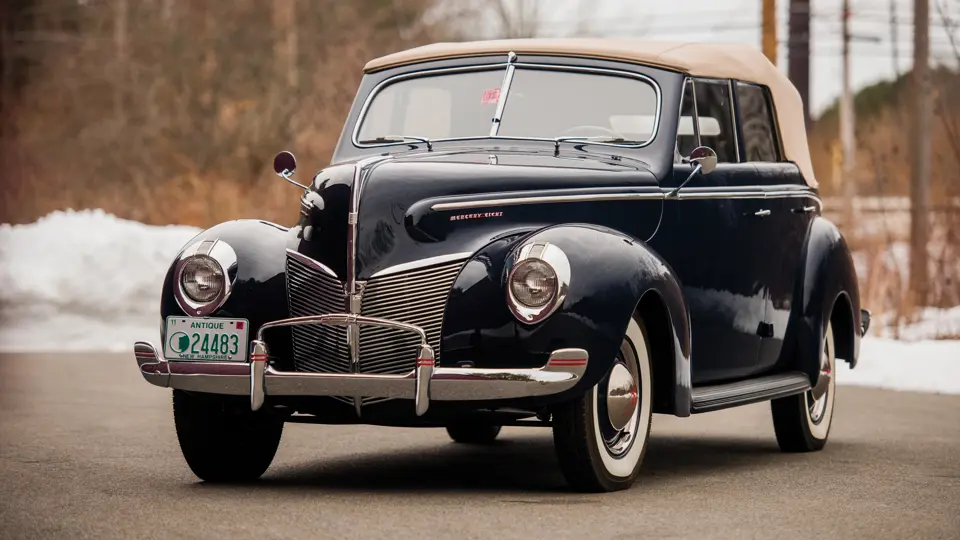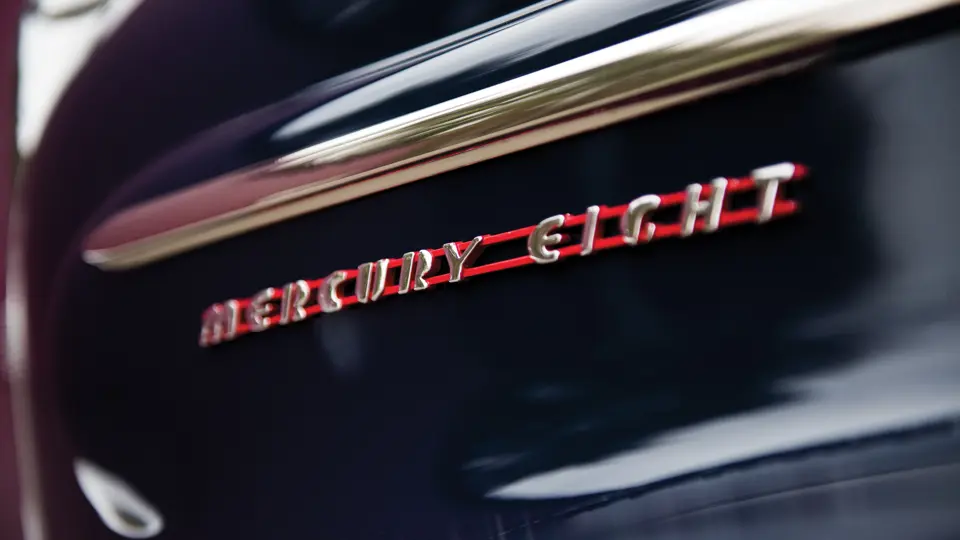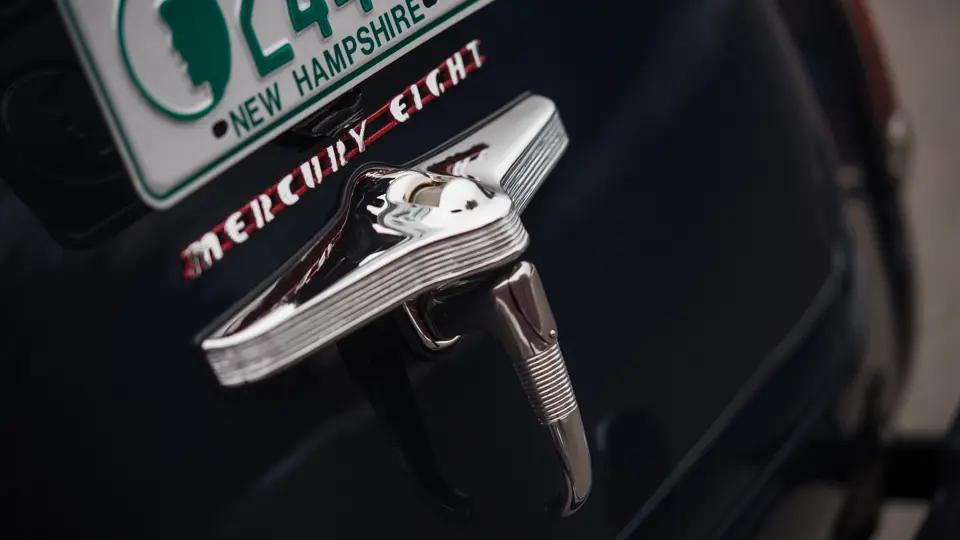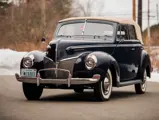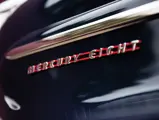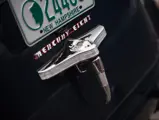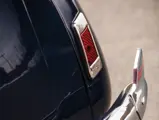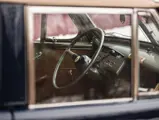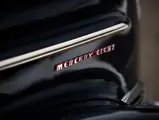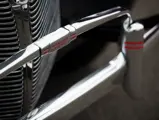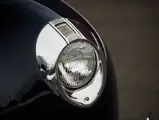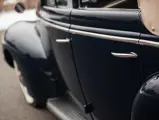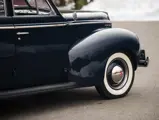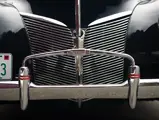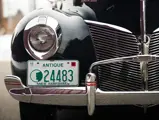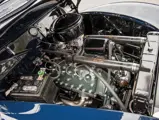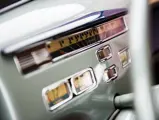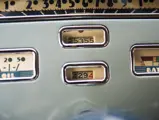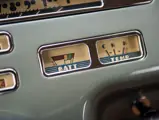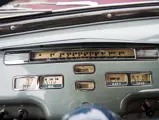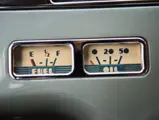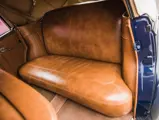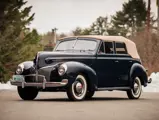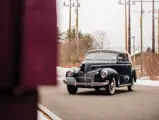More than any other mass market automaker, the Ford Motor Company offered a wide range and extensive production of open body styles throughout the 1930s. Both roadster and convertible coupe configurations were catalogued through 1937, and while convertible sedans with side windows, first offered in 1935, quickly outsold open phaetons, the latter were produced through the 1938 model year. For 1939, only the convertible sedan returned, at $921 the most expensive Ford. Still, it outsold the 1938 model by 30 percent.
It is natural to wonder why there was no Ford convertible sedan in 1940, but actually, the model survived: as a Mercury. Perhaps the thinking was that a prestige body of its type was better placed in the recently introduced upmarket brand. Indeed, it seems a better match, for the Mercury’s more powerful engine better suited the heavy body. Moreover, an even pricier sticker was justified: $1,212 (the 1940 Ford line topped out with the DeLuxe station wagon at $970). Although Mercury body style production figures in this era are difficult to find; specialist sources believe just 980 were built.
It is hard to gauge whether moving the convertible sedan upmarket was a success. General Motors, which was selling convertible sedans (called, curiously, “phaetons”) in Cadillac, Buick, and Oldsmobile guise, was managing only a few hundred of each variety, so Mercury appears to have been competitive. The major reason for the model’s short life is likely the completely new bodies introduced for Ford and Mercury in 1941. Tooling up a new body for fewer than a thousand cars was probably just too expensive.
This example of the short-lived and rare Mercury convertible sedan was purchased in February 2015 from Frank Bruch of Friday Harbor, Washington. In that state from new, it had been owned by Bruch for 30 years and was well cared for. The engine has been rebuilt by flathead guru Dan Krehbiel, and it has the Columbia overdrive axle. Other features include a factory radio with windshield header antenna, hot water heater, correct fog lamps, an electric clock, and dual cowl-mounted outside mirrors. The tan canvas top and brown leather interior were done by Jerry Jenson and are in excellent condition.
Upon arrival in New Hampshire, the car went to Lowrey’s Auto Restoration for tune-up and detailing. The black paint exhibits a deep shine, and the brightwork is all excellent. The undercarriage is spotless, and the engine compartment is clean and correctly detailed. The tires are Coker Classic radial whitewalls, in the 6.00 R16 size.
This, then, was the ultimate convertible sedan from Ford Motor Company, until, of course, a comparable model was introduced by Lincoln more than 20 years later.




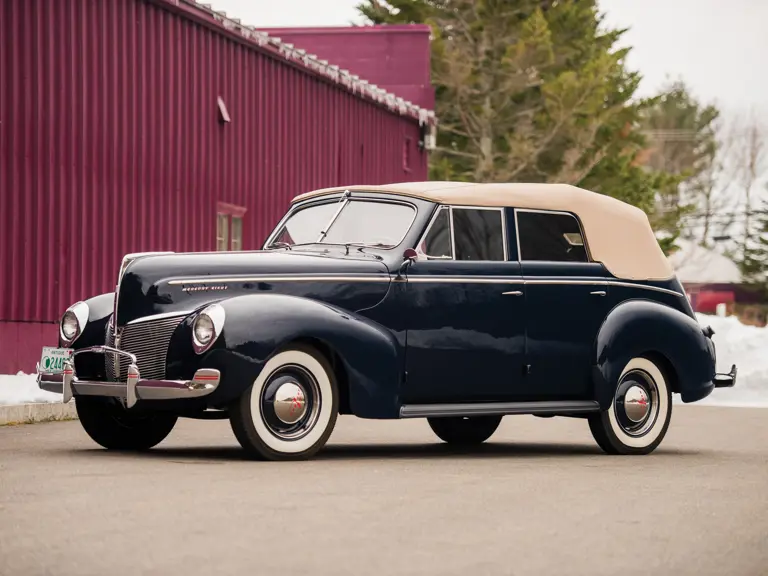
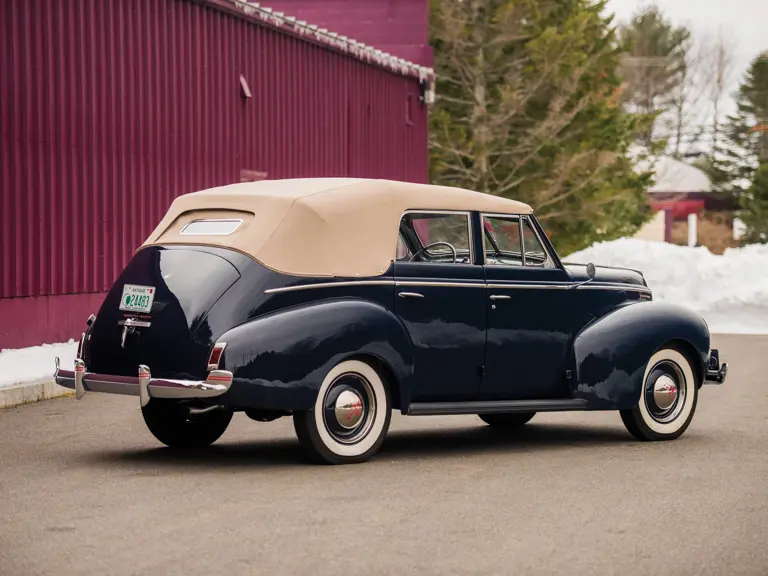
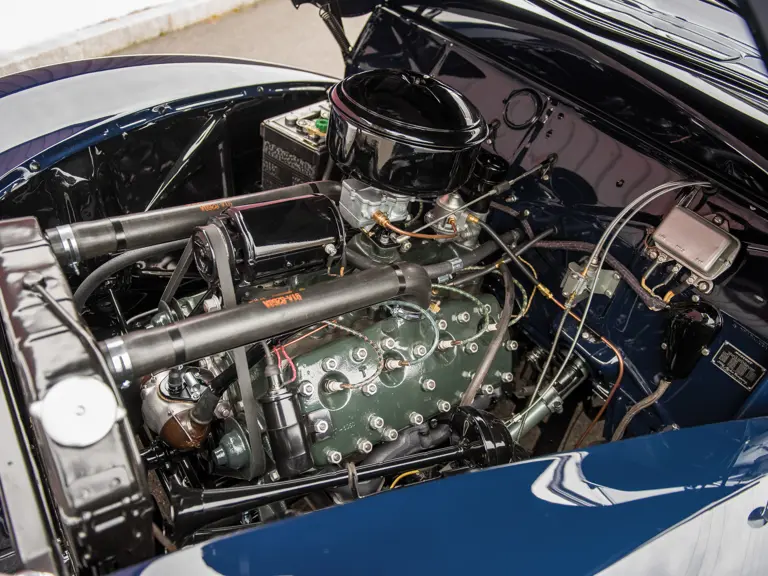
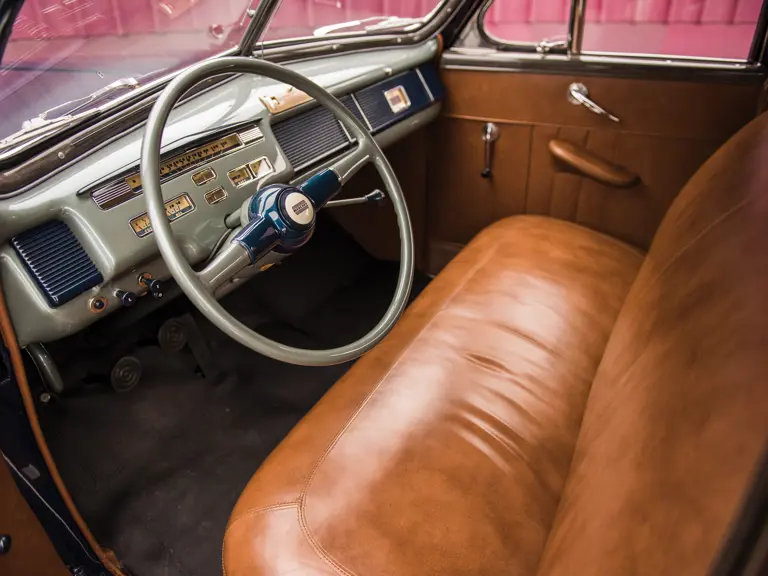
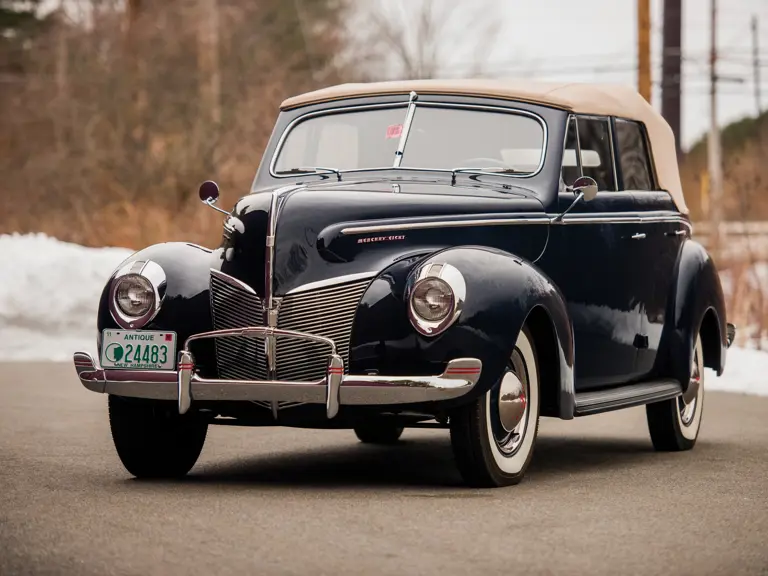

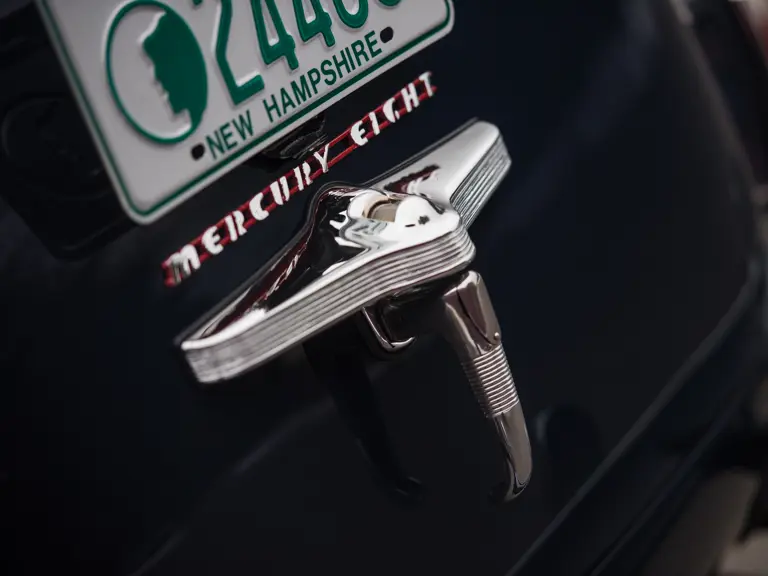
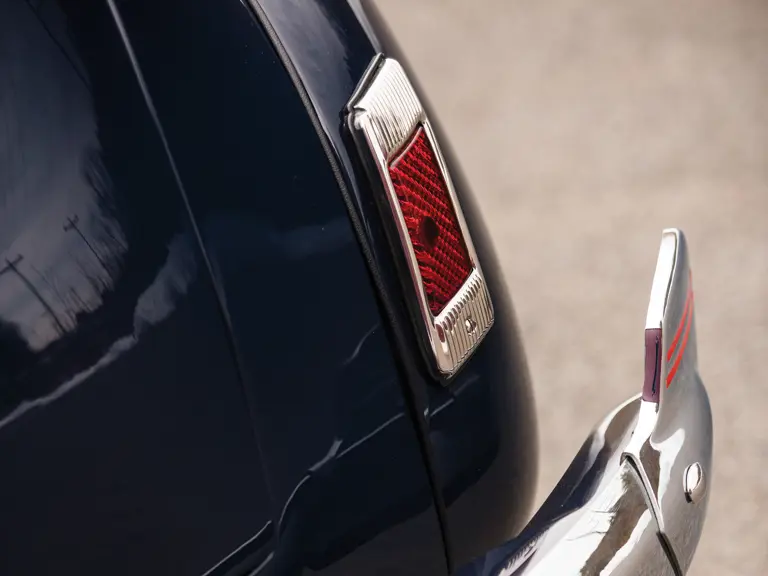
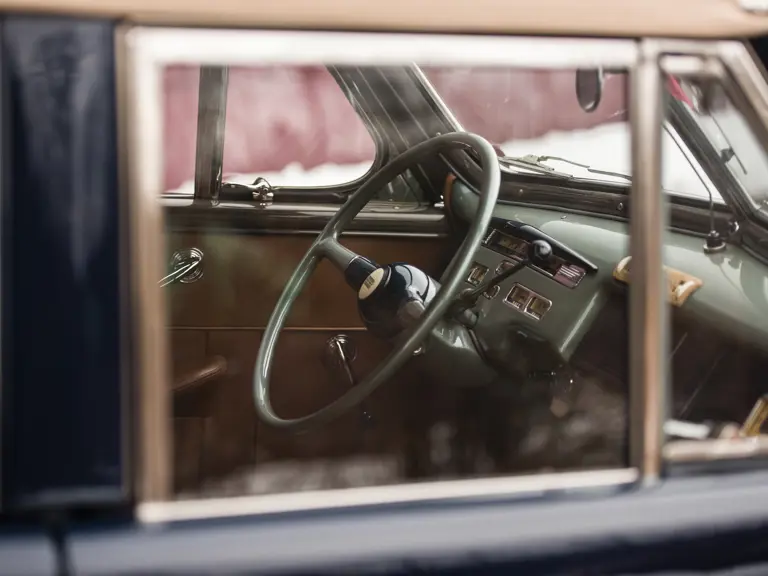
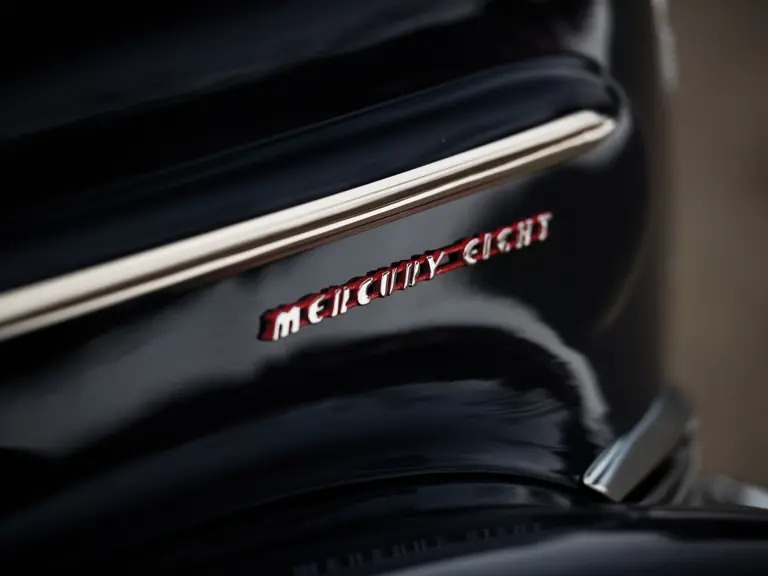

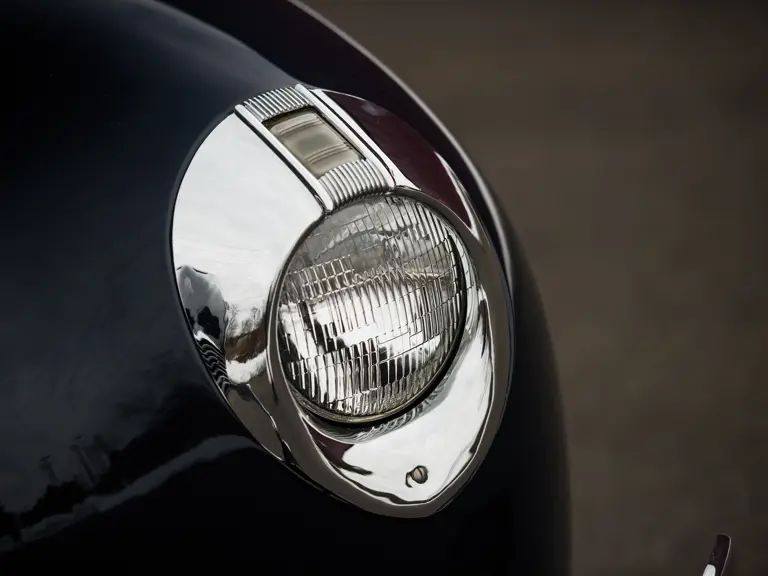
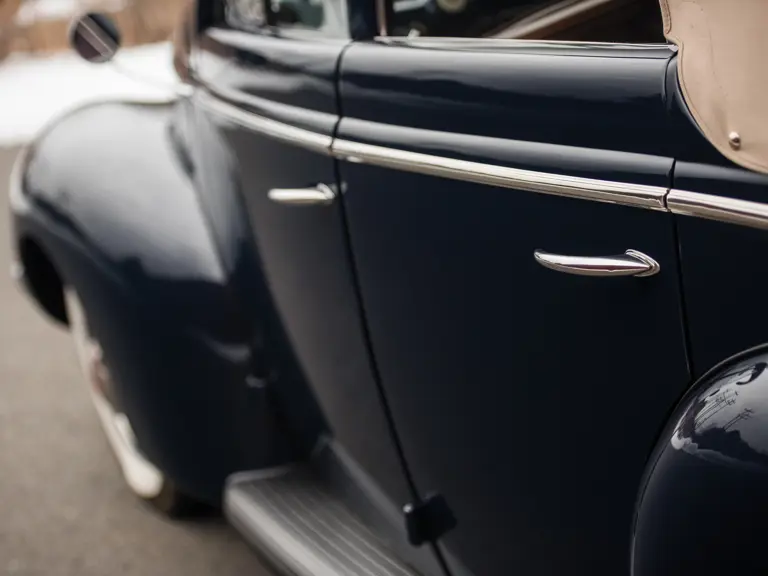

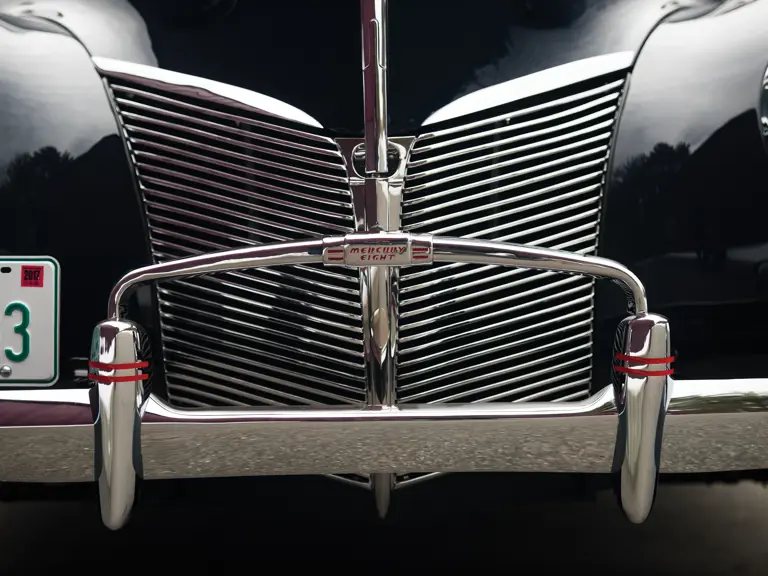
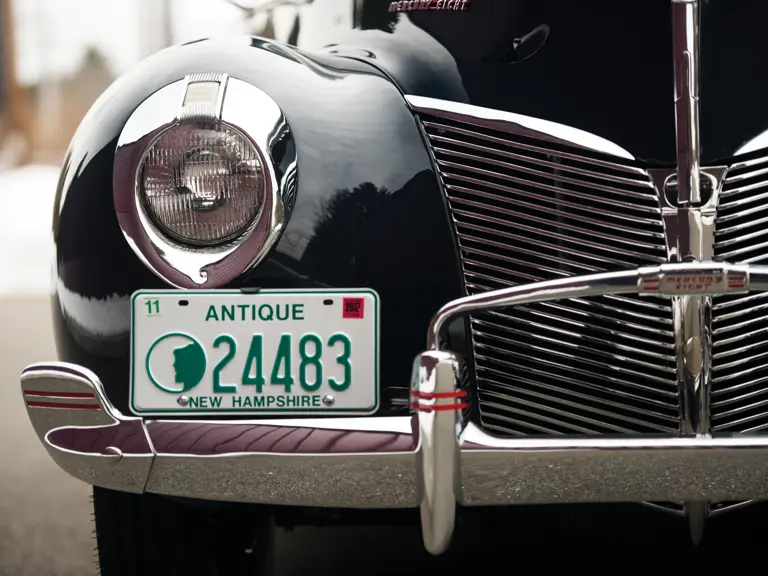
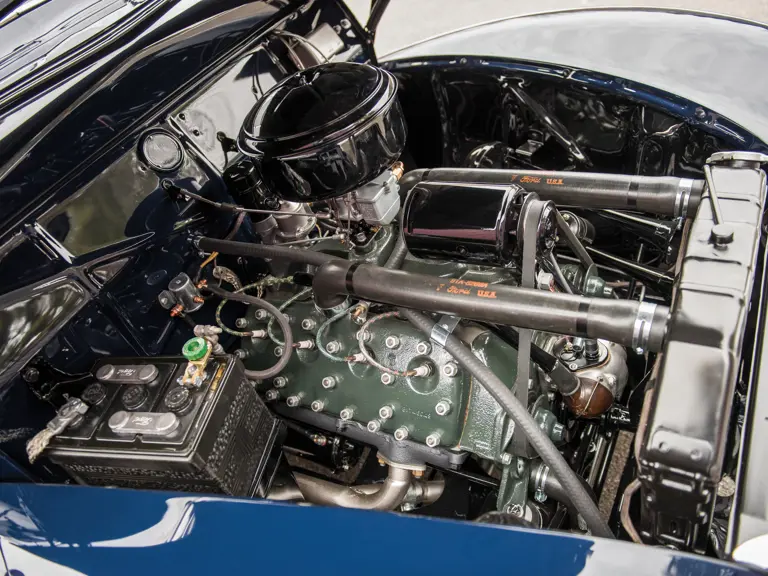
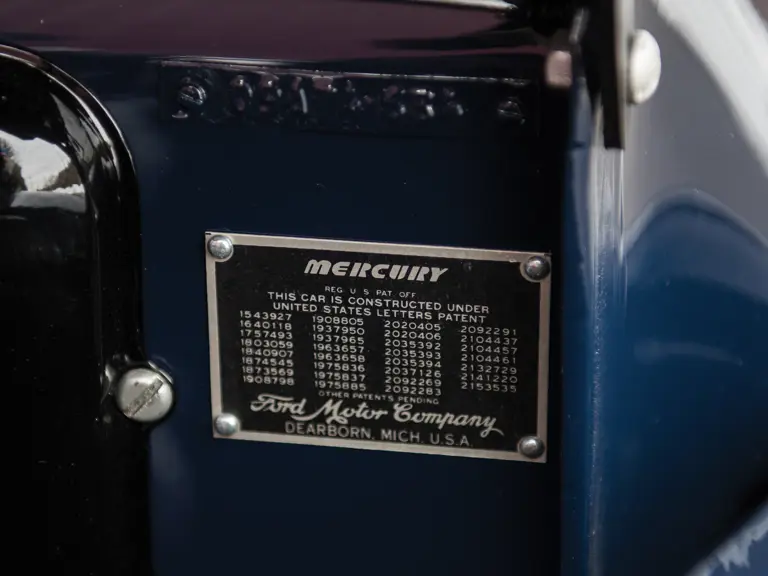
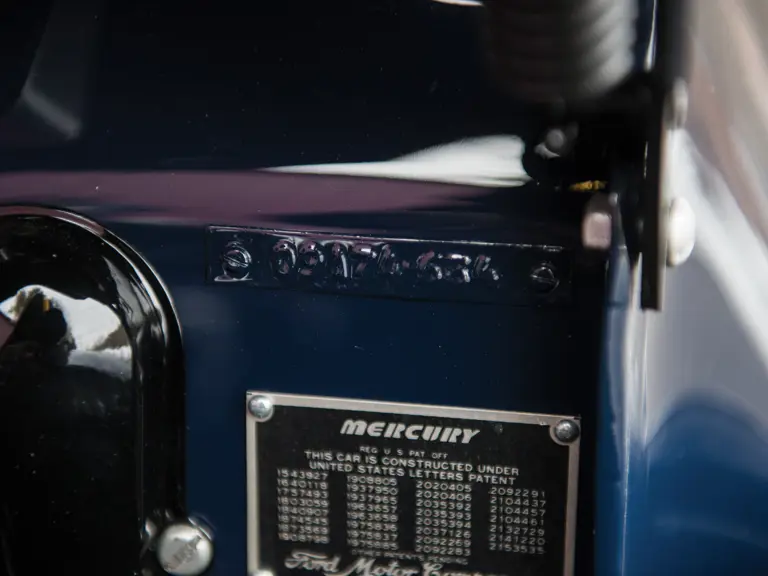

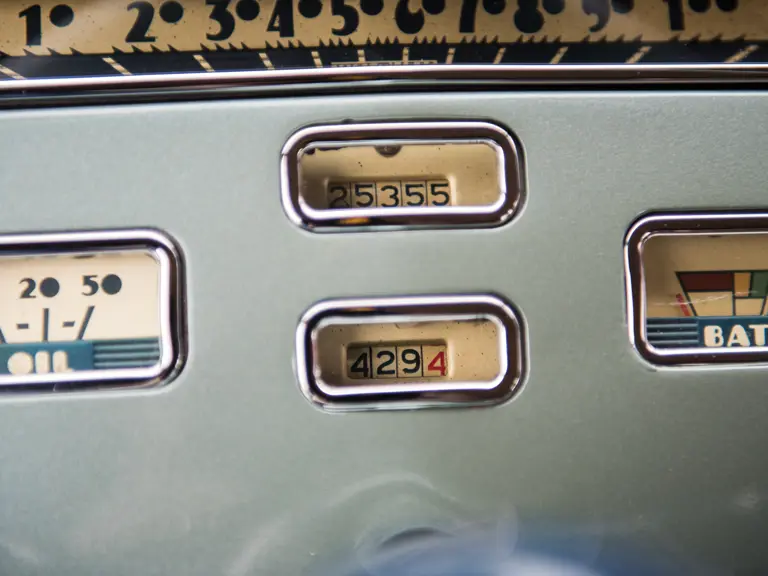
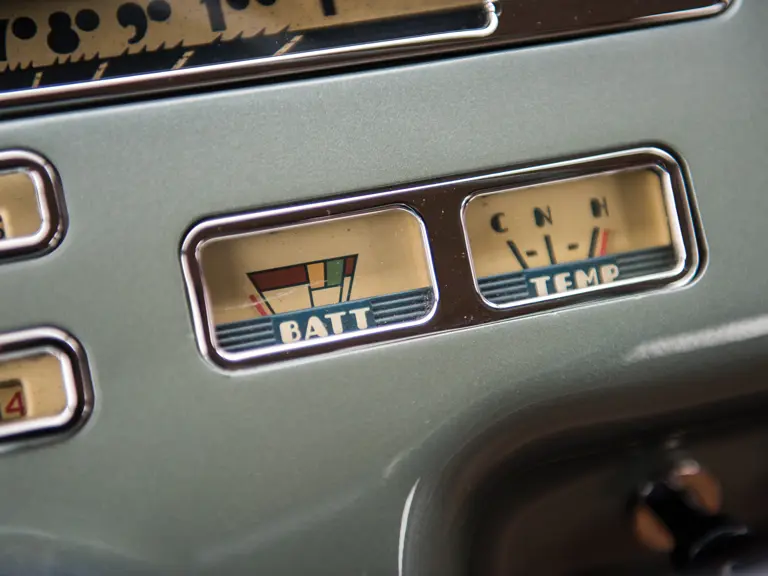
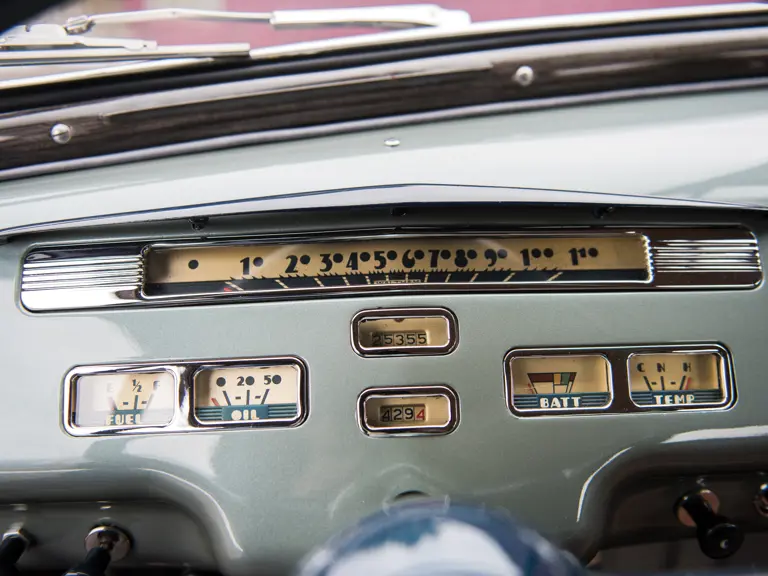
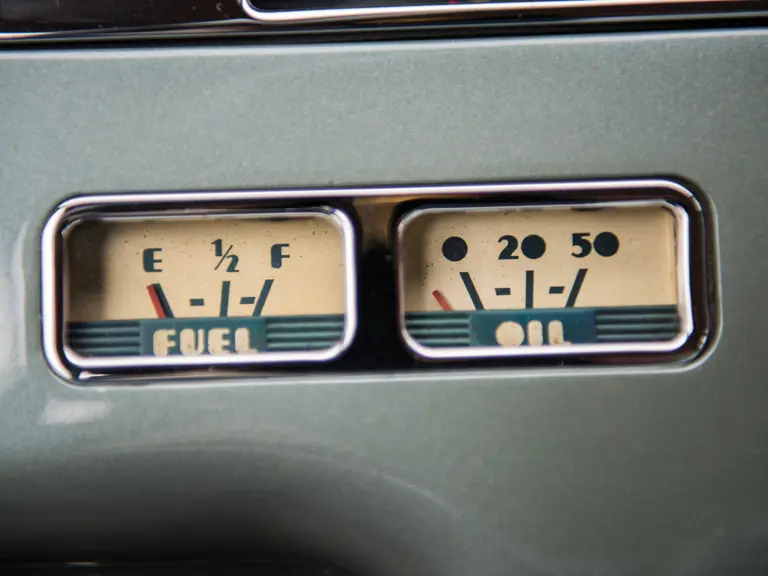
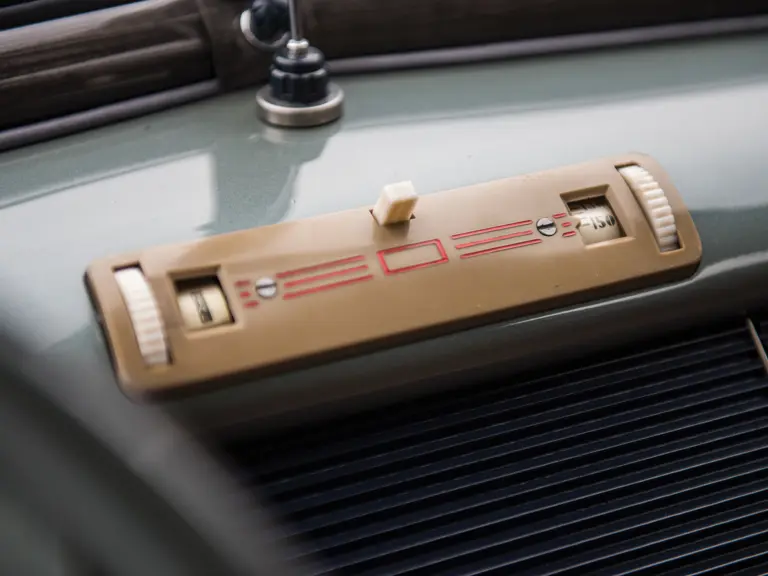
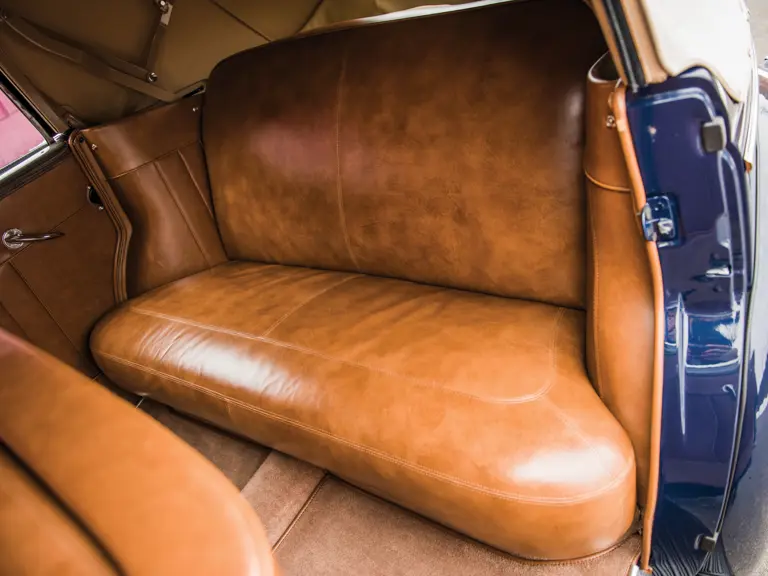

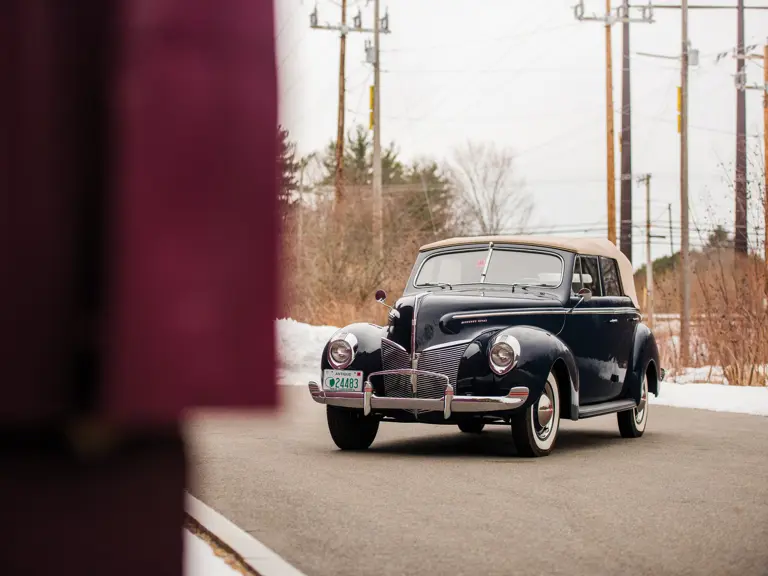
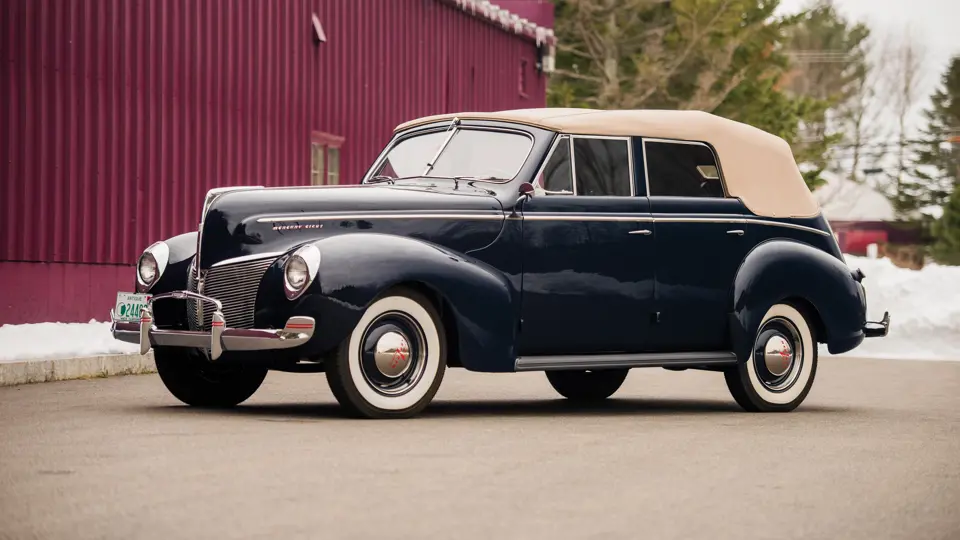
 | Hampton, New Hampshire
| Hampton, New Hampshire
